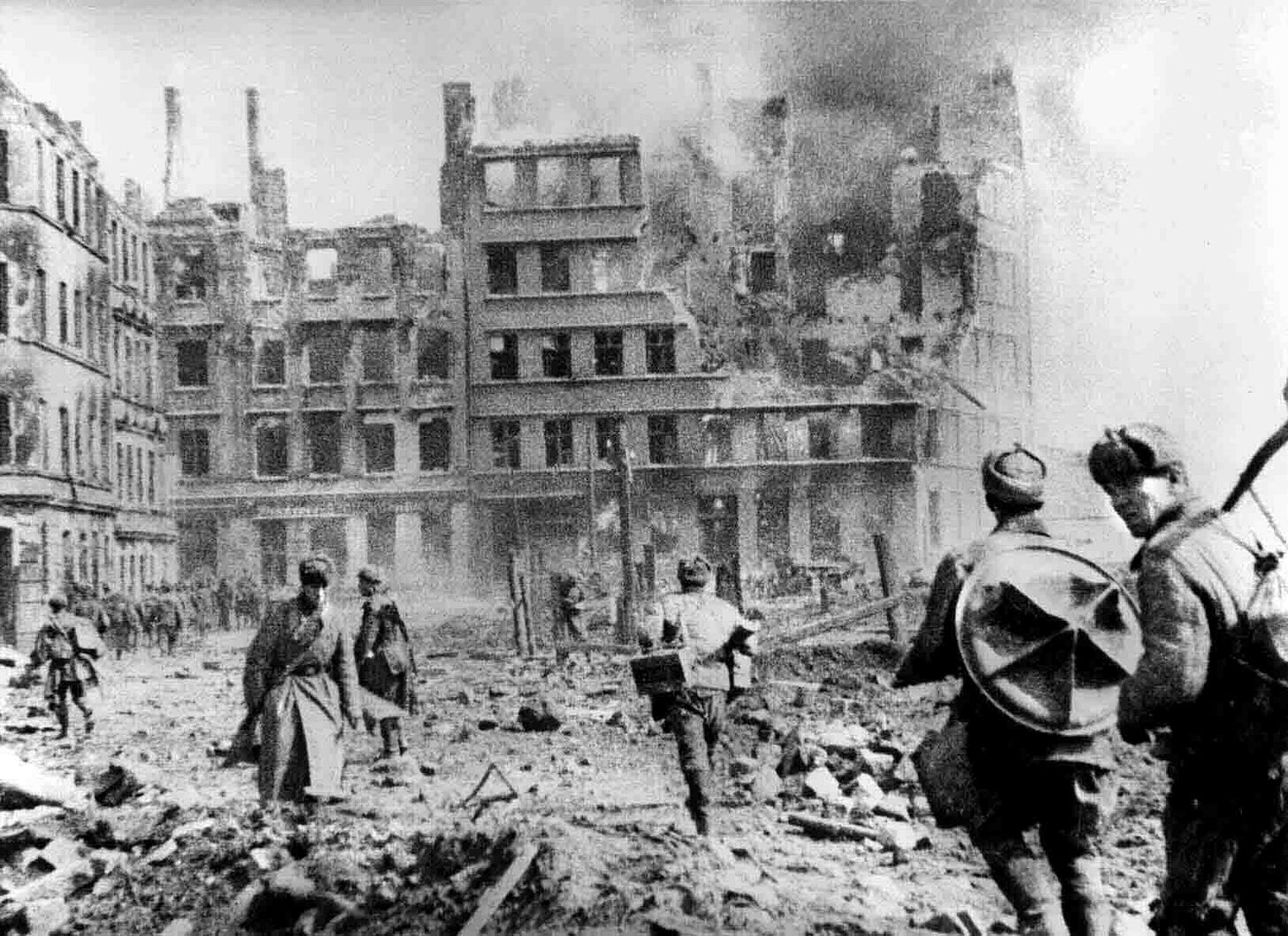The rape and loot of Konigsberg
11th April 1945: The bitter struggle to defend the heart of Prussia finally ends, followed by an orgy of destruction
Konigsberg, the Baltic port and capital of Prussia in eastern Germany, had been under siege since January 1945, surrounded by Soviet forces. Only the route out by sea had allowed some civilians to escape west. For thousands of concentration camp inmates, there had been no route out. They had been forced into the sea at gunpoint - and then machine-gunned.
Militarism had played an influential role in Prussian society, shaping foreign policy from the 17th century to wider Germany in the 20th century. The final consequences of these profoundly ingrained attitudes were now laid bare. Prussia, as an entity, was about to be ripped apart, but not before its citizens suffered grievously.
Large parts of the city had been reduced to rubble, first by RAF bombing and then by the pounding of Soviet artillery. Thousands of civilians had died - but this was just the beginning of the horrors that would be visited on the German population. The experience of Soviet occupation was in stark contrast to being occupied by either the US Army or the British Army.
Keep reading with a 7-day free trial
Subscribe to World War II Today to keep reading this post and get 7 days of free access to the full post archives.




